
The Lawn Techs Blog
Information, reminders, tips, and more about lawn care, plant health care, and outdoor pest control.

Information, reminders, tips, and more about lawn care, plant health care, and outdoor pest control.
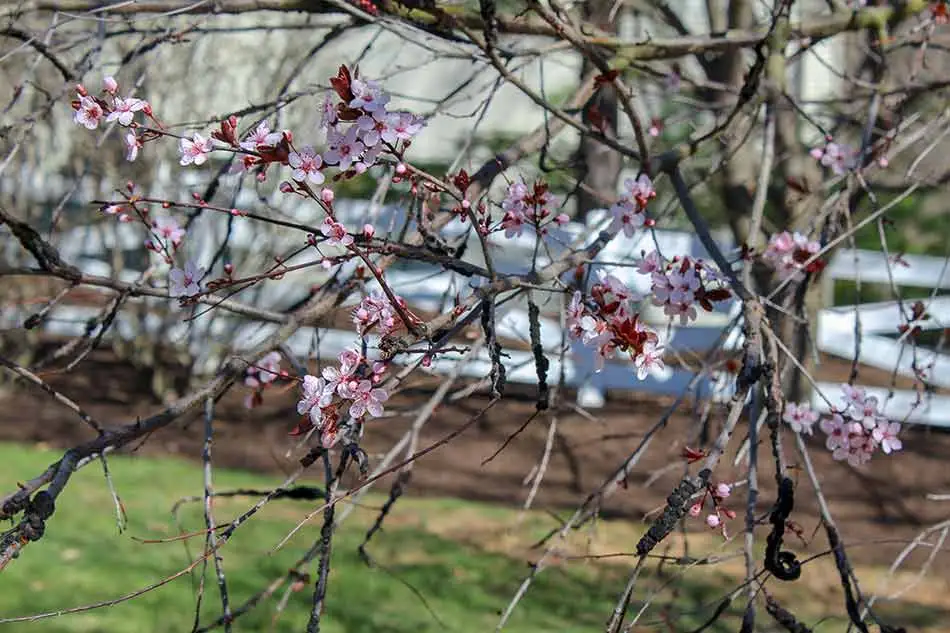
Dibotryon morbosum or Apiosporina morbosa is a destructive plant pathogen aka Black Knot Disease. The source of the fungus is usually a wild, unpruned, infected tree releasing spores into the air. These spores then infect ornamental trees found in local landscapes.
Unfortunately, it’s a slow killer to mainly flowering plum trees, but also affects some cherry and other fruit trees. The disease creates rough, black growths that grow on the tree's twigs and branches. These ugly growths, called gals, will eventually kill the affected parts and then the tree over time.
The most common treatments are pruning infected parts and spraying the tree with a fungicide. This is easier said than done since ongoing pruning and fungicide treatments must be done. These treatments will only help the problem, not solve it. Nearby wild plants with the disease must also be destroyed. It will be more cost effective to let the tree slowly decline and then replace it with a different species.
This is one of the few problems that we cannot cure. However, there are 100’s of other insect & disease problems out there, and we can help!
Preserve the value of your trees, shrubs, and plants! Landscape trees and shrubs can take decades to establish but can be irreparably damaged in a matter of an instant. In addition to robbing your yard of the beauty in which you take pride,...
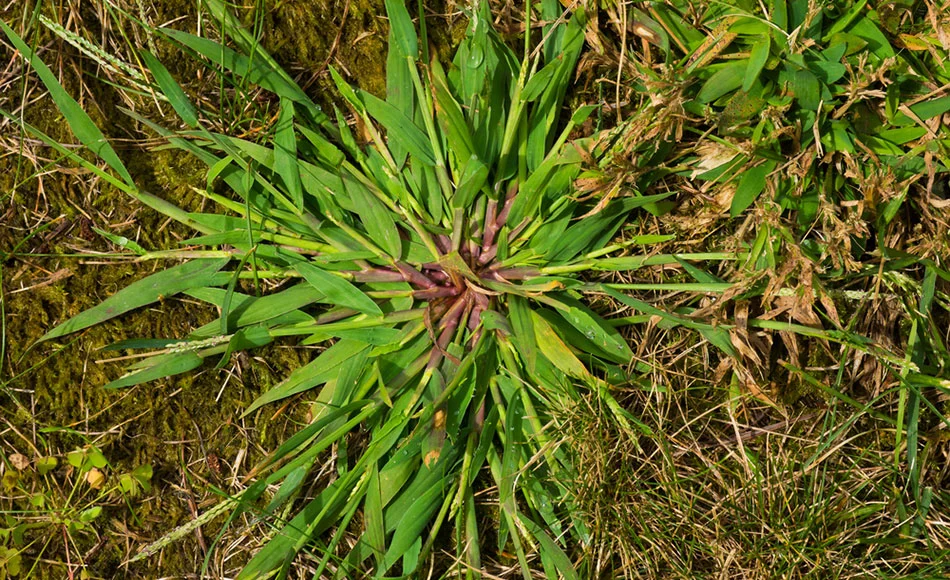
In Berkeley Heights, New Providence, Summit, and other surrounding communities, spring is the time to make one of the most important lawn care applications of the year, pre-emergent crabgrass control. Crabgrass is a nasty aggressive wild grass that is almost impossible to stop once it germinates. This pre-emergent application is combined with a spring fertilizer to help your lawn come out of dormancy, start to grow and green up!
The pre-emergent crabgrass control creates a barrier within the top inch of the soil, this barrier prevents crabgrass seeds from germinating.
Crabgrass seeds germinate in the late spring and summer, so it is important that this barrier is not broken.
Keep in mind! In New Jersey, crabgrass does NOT grow in the spring, it is only a summertime problem. Therefore, if you see wild grass growing on your lawn in the spring, it is some other type of wild grass. Pre-emergent crabgrass or post-emergent weed killers will not control them. During the spring, there are many wild grasses that emerge and most of them peter out by the summer. If you have an ongoing problem in the spring with wild grass, we can get it professionally identified. Then, we can determine if there is any specialty product that will control it. Wild grasses get into a lawn from birds, hay, low-quality soil, or seed.
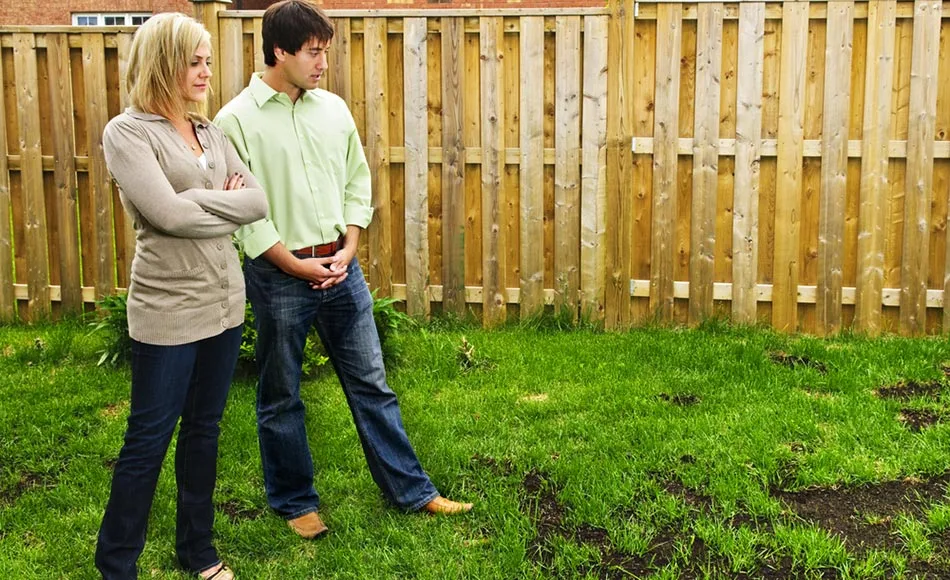
Spring is here! You plan on planting some new bushes, preparing your vegetable garden, and seeding your lawn. However, did you know the best time to seed is in the fall not in the spring?
In Berkeley Heights, New Providence, Summit, and other surrounding areas in New Jersey, 1.888.Lawntec does not recommend core aerating, dethatching, power seeding, or overseeding in the spring. If you have problem lawn areas that need attention in the spring, consider spot seeding it and then doing a complete job in the fall. Here’s why:
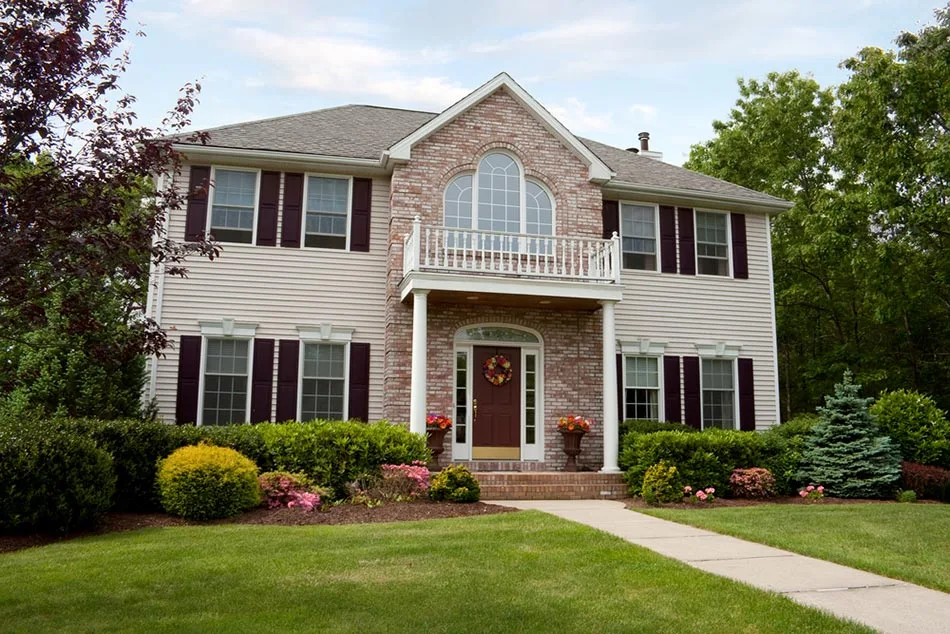
Your landscape is an investment that should increase in beauty and value every year as plants mature. However, plants are living things and are subject to constant stress from the harsh environment here in the New Jersey area. For success, your plants need special care before they show signs of distress and decline. This is where Annual Root Feeding comes in.
Annual Root Feeding of landscape ornamentals provides many benefits such as:
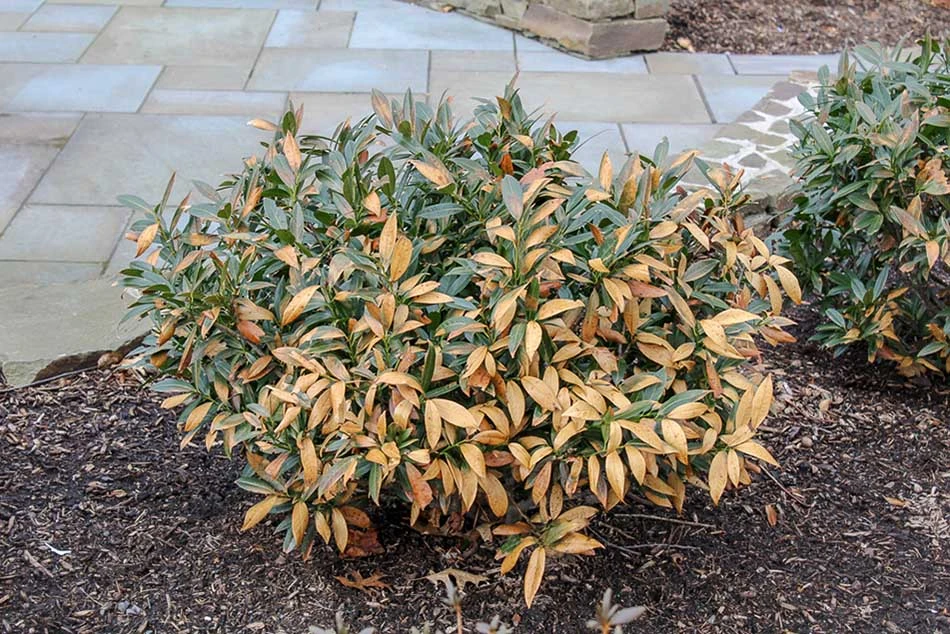
Start protecting your landscape plants from winter damage with an anti-desiccant spray! Winter damage to evergreen trees and shrubs is caused by desiccation or drying out. Once the ground freezes plant roots are unable to take up water from the soil. Plants are then forced to use the water stored in their needles, leaves, and stems. Harsh cold dry winter winds and freezing temps will also dry out the water that plants need to survive. This loss of essential plant moisture leads to winter plant damage or even death.
An anti-desiccant spray professionally applied to evergreen trees and shrubs will help hold in this vital moisture throughout the winter. If you have problems with winter plant damage in your landscape the experts at 1.888.Lawntec suggests spraying an anti-desiccant.
Anti-desiccants sprays can also be called antitranspirant spray, winter wilt proofing spray, or winter protection spray. The application will provide a protective coating that conserves the amount of water that escapes from the plant. These are usually one time applications applied in the early winter, December is ideal. In areas with longer and colder winters, like New Jersey, anti-desiccants are most effective when applied twice, once in November/December and again in February. However, this can get tricky since temps must be above freezing to make an effective application.
Anti-desiccant sprays go on...
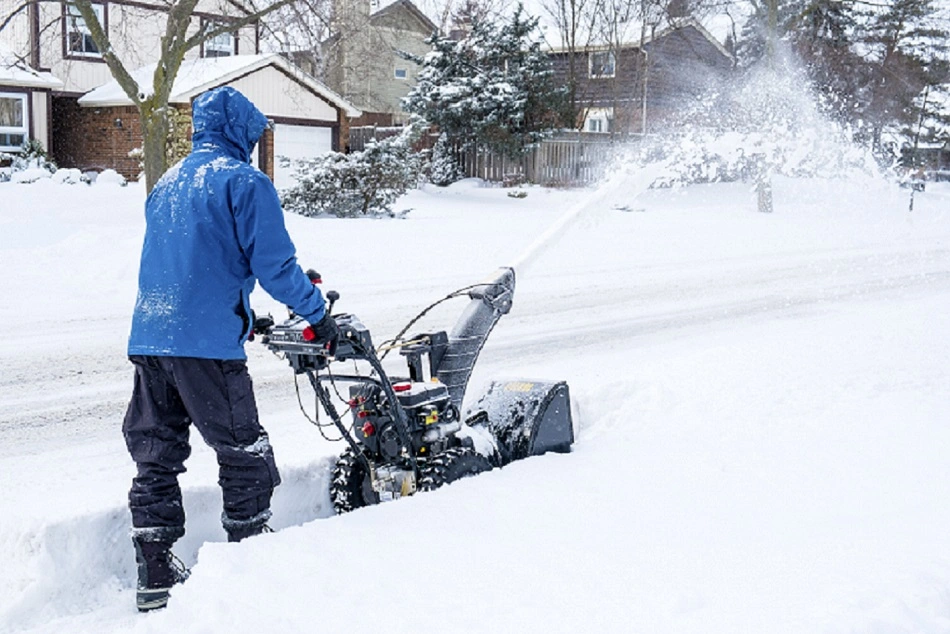
Whether you hire a company for snow removal services or do it yourself, consider these tips:
SORRY WE DO NOT PROVIDE:
Mosquito Control, Lawn Mowing, Clean-Up, or Landscaping
